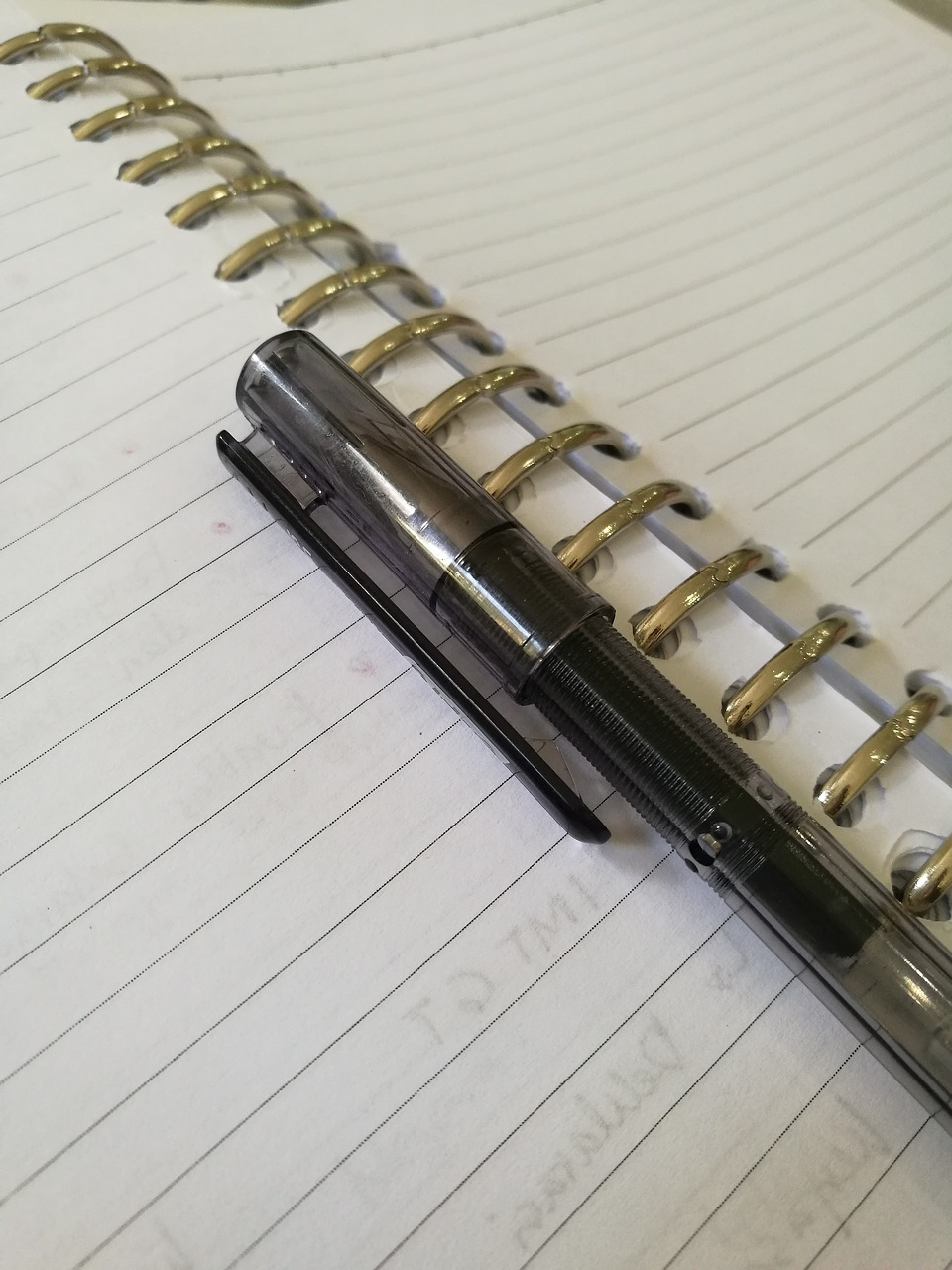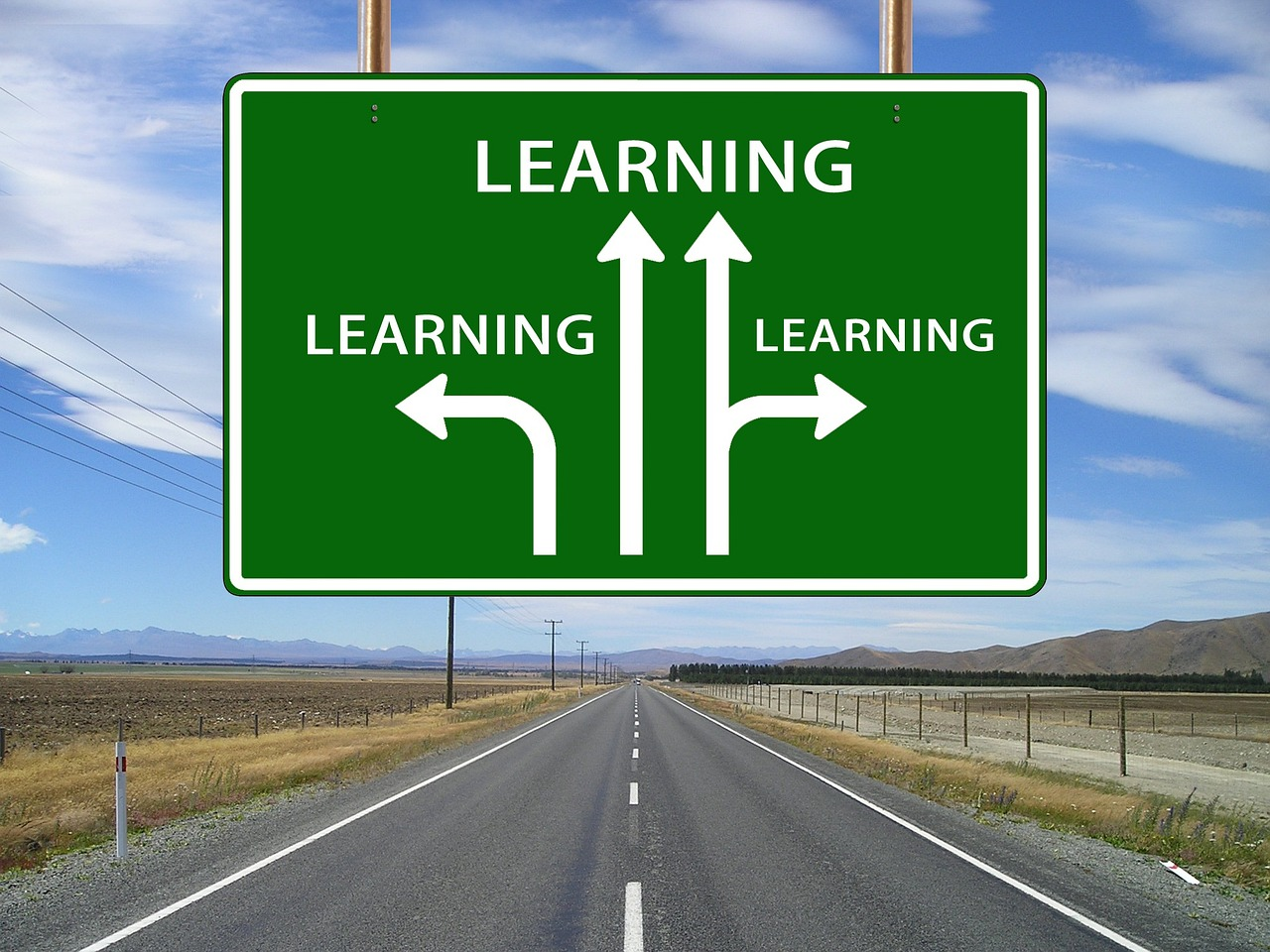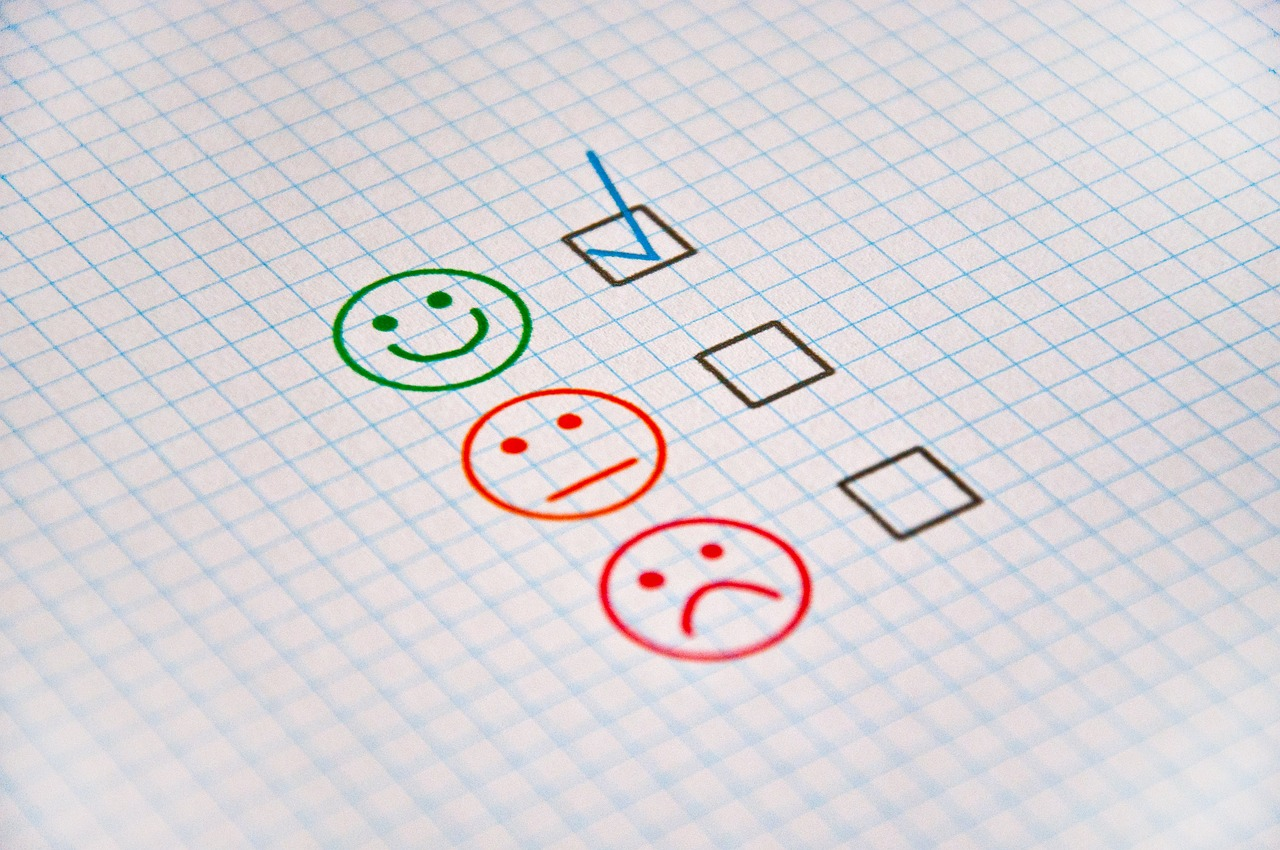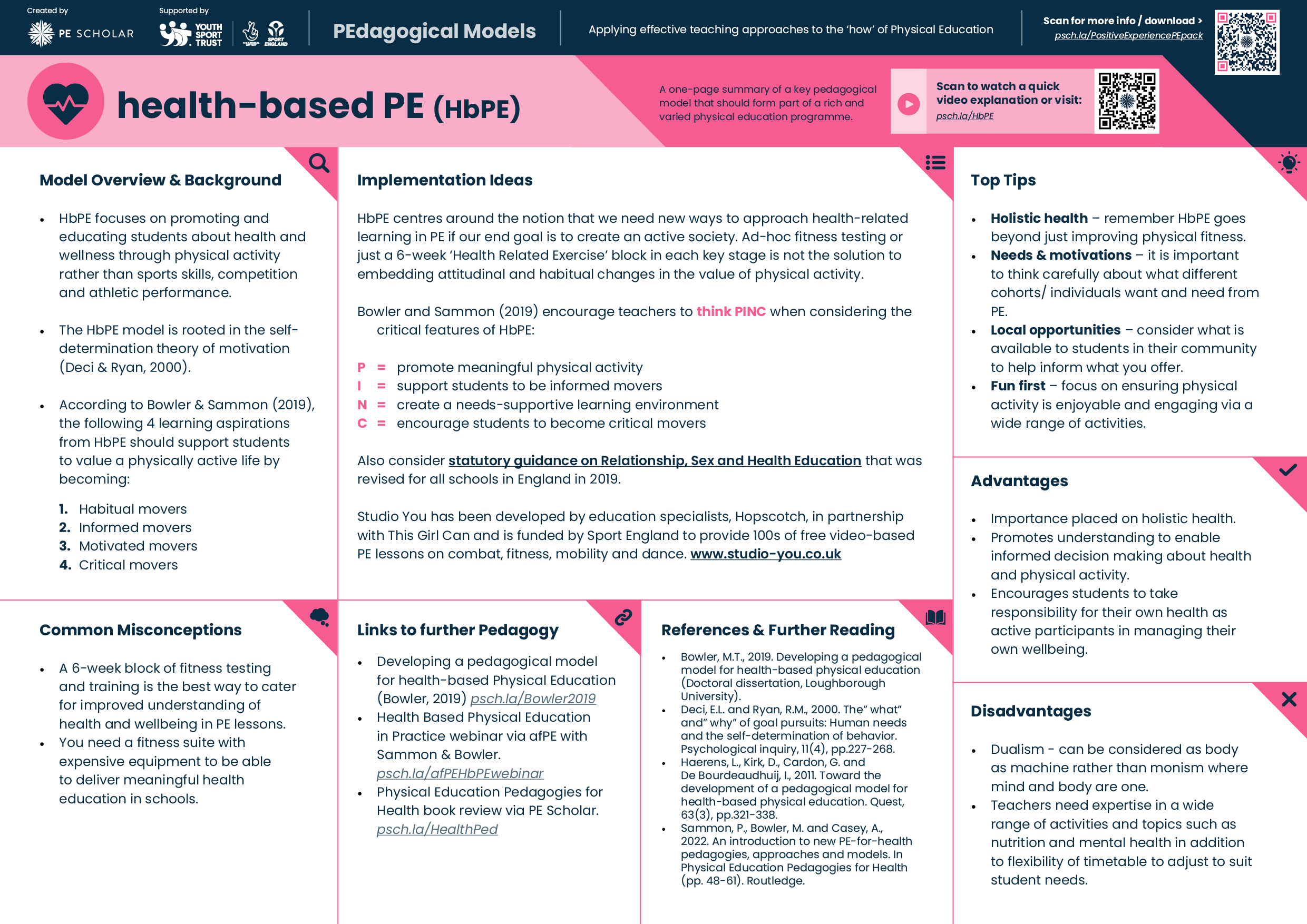
Applying effective teaching approaches to the ‘how’ of Physical Education (PE)
In this series, we present six one-page summaries of key Pedagogical Models that should form part of the diet of rich and varied PE delivery.
Each of these models provides a structured framework to guide the teaching and learning process, enhancing the overall effectiveness of physical education programmes.
The benefits of applying PE pedagogical models
Organised and purposeful lesson plans
Pedagogical models help PE educators create learning material and carefully planned lessons designed to address key learning objectives. They also promote a systematic progression of skills and knowledge to meet intended learning outcomes, facilitating a logical and effective learning journey for students.

Differentiated instruction
Moreover, these models contribute to differentiated instruction, allowing teachers to tailor their approach to meet the diverse needs and abilities of students. By incorporating various and effective teaching strategies and styles, pedagogical models enhance engagement and understanding among students with different learning preferences. Variety is the spice of life and all that!

Incorporation of critical life skills
Additionally, the use of pedagogical models in PE delivery supports the development of critical life skills such as teamwork, communication, creativity and problem-solving. Structured lesson plans enable educators to integrate these skills seamlessly into physical activities, promoting holistic student growth.

Holistic development
It is widely accepted that PE has the potential to develop physical, cognitive, social and affective domains of learning. By using a rich variety of ‘models’ in your practice it can pave the way to move ‘beyond the physical’ to recognise, develop and celebrate wider skill development that is essential to success in PE, in sport, and in life.
Assessment and evaluation
Furthermore, employing pedagogical models assists in the assessment and evaluation of student progress. The models prompt the incorporation of measurable criteria for evaluating individual and collective achievements in PE, aiding in the identification of areas for improvement and adjustment of instructional strategies.

Today’s PEdagogical model: health-based physical education (HbPE)
Health-based Physical Education (HbPE) prioritises the promotion of health and wellness through physical activity. This model is distinct from focusing on sports skills, competition, or athletic performance. Rooted in the self-determination theory of motivation proposed by Deci and Ryan in 2000, the goal of HbPE is to instill in students a lifelong commitment to maintaining a healthy and active lifestyle.
The model outlines four learning aspirations to achieve this goal, encouraging students to become habitual movers by incorporating regular and personally meaningful physical activity into their lives, informed movers who understand how and where to safely engage in relevant activities to contribute to personal goals, motivated movers exhibiting a positive attitude and perceived competence in chosen activities within a needs-supportive learning environment, and critical movers who assess and overcome socio-cultural barriers to participation and support peers in doing the same within their own environments.

Advantages
- Importance placed on holistic health and wellbeing
- Promotes understanding to enable informed decision making about health and physical activity
- Encourages students to take responsibility for their own health as active participants
Disadvantages
- Dualism – can be considered as body as machine
- Teacher expertise in a wide range of activities and topics such as nutrition and mental health may need professional development in addition to flexibility of timetable to adjust to suit student needs and motivations
One-page summary – health-based PE (HbPE)
Download the attached one-page summary for further information on health based physical education.
Curriculum development: Why not use it to guide a PE department meeting followed by a period of testing and instructional coaching to help develop your repertoire of approaches to teaching.
It includes a short video available via the QR code to bring it to life along with:
Implementation ideas
Top tips
Common misconceptions
Links to further pedagogy

Coming soon! Next in the series
Look out for the final approach in our PEdagogical models series:
Teaching personal and social responsibility (TPSR)
Previous PEdagogical models in the series
You can also access previous posts and one page summaries on:
Direct instruction by clicking here
Cooperative learning by clicking here
Games-based approaches by clicking here
Sport education by clicking here
Further information
Read
Health and wellbeing: tracking students’ self-perception
Resources
PE Scholar has numerous resources for physical educators to deliver health-based physical education.
Book review
Physical education pedagogies for health



Responses